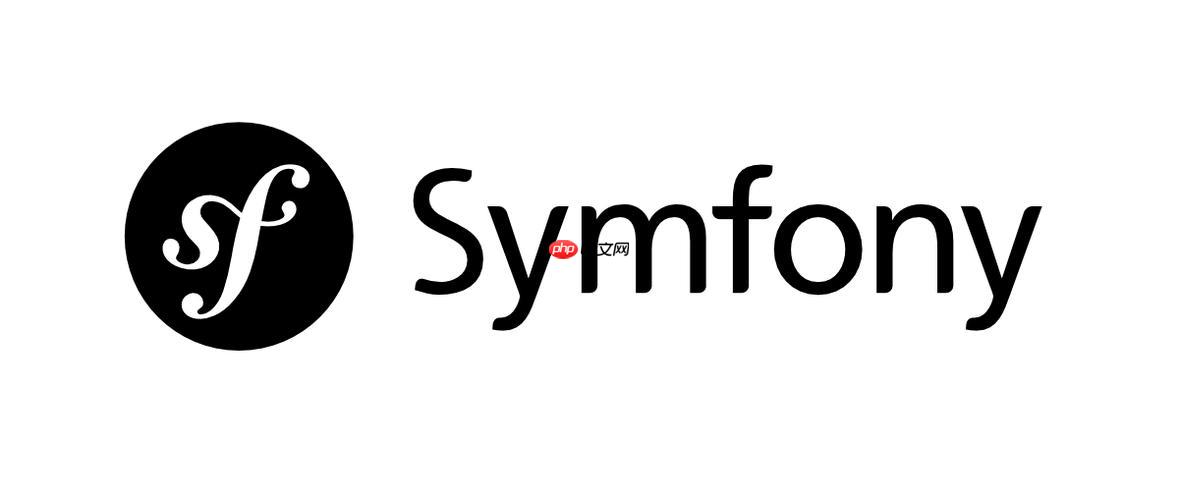首先使用uaparser库解析user-agent字符串,1. 通过$request->headers->get('user-agent')获取用户代理字符串;2. 使用parser::create()->parse()将其转换为结构化数组,包含浏览器、操作系统和设备信息;3. 可结合symfony缓存机制如filesystemadapter,以md5值为键缓存解析结果,避免重复解析;4. 将解析后的数组传递给twig模板,即可在前端展示浏览器名称、版本等数据,从而实现高效、可维护的用户代理分析。

将 Symfony 中的用户代理字符串转换为数组,实际上是为了更方便地分析用户设备、浏览器和操作系统信息。这可以通过解析
User-Agent
解决方案:
首先,你需要访问请求对象,获取
User-Agent
$request
use Symfony\Component\HttpFoundation\Request;
public function yourAction(Request $request)
{
$userAgentString = $request->headers->get('User-Agent');
// ... 接下来解析 $userAgentString
}接下来,最简单的方法是使用现有的库来解析
User-Agent
browscap/browscap
ua-parser/UAParser
ua-parser/UAParser
首先,你需要通过 Composer 安装它:
composer require ua-parser/UAParser
然后,在你的控制器中使用它:
use UAParser\Parser;
use Symfony\Component\HttpFoundation\Request;
public function yourAction(Request $request)
{
$userAgentString = $request->headers->get('User-Agent');
$parser = Parser::create();
$result = $parser->parse($userAgentString);
$userAgent = [
'family' => $result->ua->family,
'major' => $result->ua->major,
'minor' => $result->ua->minor,
'patch' => $result->ua->patch,
];
$os = [
'family' => $result->os->family,
'major' => $result->os->major,
'minor' => $result->os->minor,
'patch' => $result->os->patch,
'patch_minor' => $result->os->patchMinor,
];
$device = [
'family' => $result->device->family,
'brand' => $result->device->brand,
'model' => $result->device->model,
];
$parsedData = [
'user_agent' => $userAgent,
'os' => $os,
'device' => $device,
];
// 现在 $parsedData 就是一个包含用户代理信息的数组
dump($parsedData);
// ...
}这种方法的好处是,它不仅可以提供用户代理字符串的原始信息,还可以提供更结构化的数据,例如浏览器名称、版本、操作系统和设备类型。
如果由于某种原因你不能或不想安装额外的库,你仍然可以尝试使用正则表达式来解析
User-Agent
例如,你可以创建一个函数,使用正则表达式来提取浏览器名称和版本:
function parseUserAgent(string $userAgentString): array
{
$browser = [
'name' => 'Unknown',
'version' => 'Unknown',
];
// 尝试匹配浏览器名称和版本
if (preg_match('/(MSIE|Trident\/|Edge\/)(\d+\.\d+)/', $userAgentString, $matches)) {
$browser['name'] = 'Internet Explorer';
$browser['version'] = $matches[2];
} elseif (preg_match('/(Chrome)\/(\d+\.\d+)/', $userAgentString, $matches)) {
$browser['name'] = $matches[1];
$browser['version'] = $matches[2];
} elseif (preg_match('/(Firefox)\/(\d+\.\d+)/', $userAgentString, $matches)) {
$browser['name'] = $matches[1];
$browser['version'] = $matches[2];
} elseif (preg_match('/(Safari)\/(\d+\.\d+)/', $userAgentString, $matches)) {
$browser['name'] = 'Safari';
$browser['version'] = $matches[2];
} elseif (preg_match('/(Opera)\/(\d+\.\d+)/', $userAgentString, $matches)) {
$browser['name'] = $matches[1];
$browser['version'] = $matches[2];
}
return $browser;
}然后在你的控制器中使用它:
use Symfony\Component\HttpFoundation\Request;
public function yourAction(Request $request)
{
$userAgentString = $request->headers->get('User-Agent');
$browserInfo = parseUserAgent($userAgentString);
dump($browserInfo);
// ...
}请注意,这只是一个简单的示例,你可能需要添加更多的正则表达式来处理不同的浏览器和操作系统。这种方法的缺点是它需要更多的维护,并且可能无法处理所有可能的
User-Agent
频繁地解析
User-Agent
以下是一个使用文件缓存的示例:
use Symfony\Component\HttpFoundation\Request;
use Symfony\Component\Cache\Adapter\FilesystemAdapter;
public function yourAction(Request $request)
{
$userAgentString = $request->headers->get('User-Agent');
$cache = new FilesystemAdapter();
$cacheKey = 'user_agent_' . md5($userAgentString);
$parsedData = $cache->get($cacheKey, function () use ($userAgentString) {
$parser = Parser::create();
$result = $parser->parse($userAgentString);
$userAgent = [
'family' => $result->ua->family,
'major' => $result->ua->major,
'minor' => $result->ua->minor,
'patch' => $result->ua->patch,
];
$os = [
'family' => $result->os->family,
'major' => $result->os->major,
'minor' => $result->os->minor,
'patch' => $result->os->patch,
'patch_minor' => $result->os->patchMinor,
];
$device = [
'family' => $result->device->family,
'brand' => $result->device->brand,
'model' => $result->device->model,
];
return [
'user_agent' => $userAgent,
'os' => $os,
'device' => $device,
];
});
dump($parsedData);
// ...
}在这个示例中,我们首先创建一个
FilesystemAdapter
get
get
User-Agent
如果你需要在 Twig 模板中使用解析后的用户代理数据,你可以将数据传递给模板,然后在模板中使用它。
例如,在你的控制器中:
use Symfony\Component\HttpFoundation\Request;
use UAParser\Parser;
use Symfony\Component\HttpFoundation\Response;
use Twig\Environment;
public function yourAction(Request $request, Environment $twig): Response
{
$userAgentString = $request->headers->get('User-Agent');
$parser = Parser::create();
$result = $parser->parse($userAgentString);
$userAgent = [
'family' => $result->ua->family,
'major' => $result->ua->major,
'minor' => $result->ua->minor,
'patch' => $result->ua->patch,
];
return new Response($twig->render('your_template.html.twig', [
'userAgent' => $userAgent,
]));
}然后在你的 Twig 模板中:
<h1>Browser: {{ userAgent.family }} {{ userAgent.major }}.{{ userAgent.minor }}</h1>这将显示浏览器的名称和版本。
以上就是Symfony 怎么把用户代理字符串转数组的详细内容,更多请关注php中文网其它相关文章!

每个人都需要一台速度更快、更稳定的 PC。随着时间的推移,垃圾文件、旧注册表数据和不必要的后台进程会占用资源并降低性能。幸运的是,许多工具可以让 Windows 保持平稳运行。




Copyright 2014-2025 https://www.php.cn/ All Rights Reserved | php.cn | 湘ICP备2023035733号